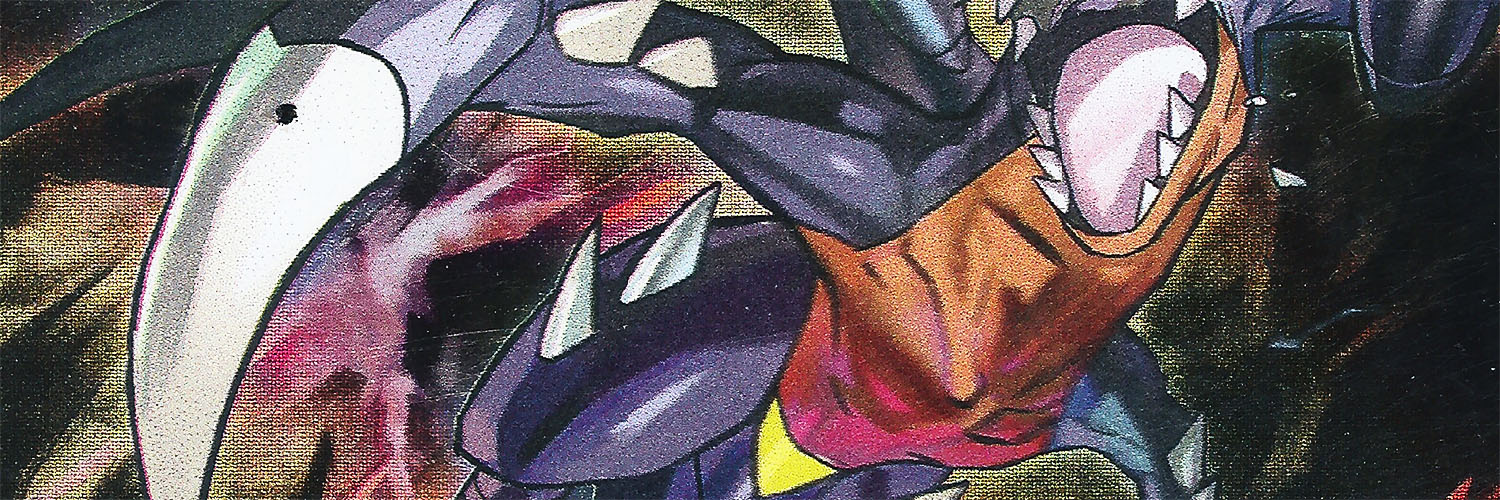Welcome back subscribers! For those who don’t know, I am Hunter Butler – writer and team member for Cut or Tap and the 2020 Dallas Regional Champion! I have been blessed enormously since we last spoke; I obtained my invite to the 2020 World Championship, conquered the Dallas Regionals with an extremely rogue concept, made top 8 at the 2020 Knoxville Regional Championship, and have landed in the race for North American Top 16! This is a very important article for me, because it sums up my recent success and how I earned it. This piece will explain: the methods in which my team’s collective mind creates rogue concepts, meta-gaming strategies, and understanding meta data, with tournament references from Dallas and Collinsville. Together we can analyze the success of the few and the failures of the many, as well as understand the complications of pulling the trigger on a rogue concept.
Defining Play Styles
Playing Pokémon lends itself to many play styles. Mill and Stall decks are approached by players with long game plans, including disruption of resources and diminishing the options opponents have to complete a game without decking out. Decks built for raw damage with inherently consistent engines compiled of many expansions are often Meta Decks (Pikarom, ADPZacian, Yveltal/Darkrai, Virizion/Genesect). Single Prize attacking decks prey on two and three prize decks with efficient damage in the form of one or two shot potential. The Single Prize attacking decks can sometimes become part of the meta if they have the following: popularity, proper positioning in meta, and strong engine consistency. Play styles for most people can be comfort driven, and oftentimes what you like to play is a deck similar to the first deck you learned to play with. If you learned to play with an aggressive, big basic meta-deck, you will more than likely feel comfortable playing similar archetypes. Play style can also be determined on a tournament basis, such as when a deck was not respected in the prior tournament. Collinsville Regionals 2020 is the perfect example of what Im describing. In Dallas (the tournament before Collinsville), I won with a deck that took a hard loss to stall; the meta at Dallas also heavily discounted stall as an established threat. The results from Collinsville created a healthy situation for stall decks to thrive and succeed.
Why Rogue Is the Wave
The following steps will help you understand my process of building a rogue, the viability of a rogue concept, and why I favor a rouge play style. I did not start seeing results with rogues when I began playing Pokemon; my success was limited, compared to the amount of time spent on crafting an ideal sixty cards. I wondered in my early career what factors kept me from winning with my wild concoctions? Could it be consistency? It could be my interest in ‘wombo-combos’ was holding me back, and a simpler route to winning would work more often. Was it the meta? Maybe my deck was well prepared for the meta I predicted, but that meta didn’t perform well at the tournament the rogue was built to handle. Lastly, it could be my inability to pilot the deck correctly. Rogue decks often are toolbox oriented to have an answer to any situation, and due to the complex nature of outs to winning, could I have been overthinking or underthinking? In truth, I found all these variables matter and were directly causing me to not achieve what I wanted. Through repeated failure, I found a system; a set of steps that create rogue decks and challenge their viability.
Step 1 – The Meta
 You must have a Premier Membership or greater to see the rest of this post. If you don't have a Premier account, you can Sign Up for one here.
You must have a Premier Membership or greater to see the rest of this post. If you don't have a Premier account, you can Sign Up for one here.
